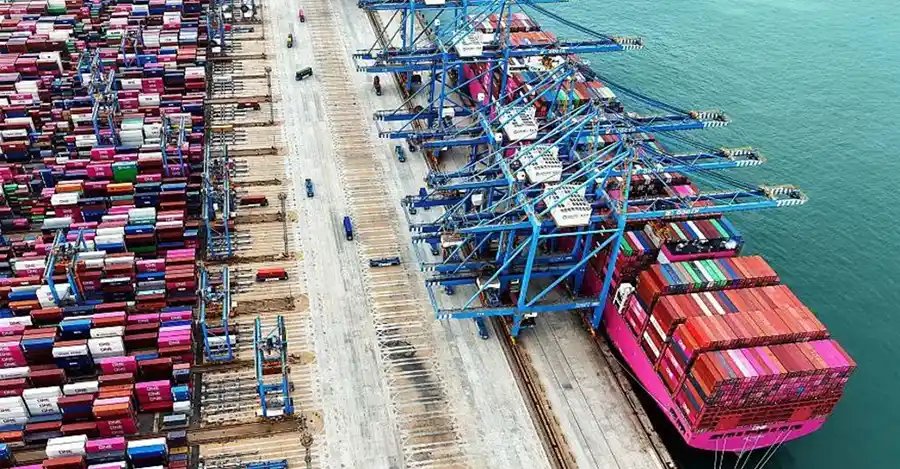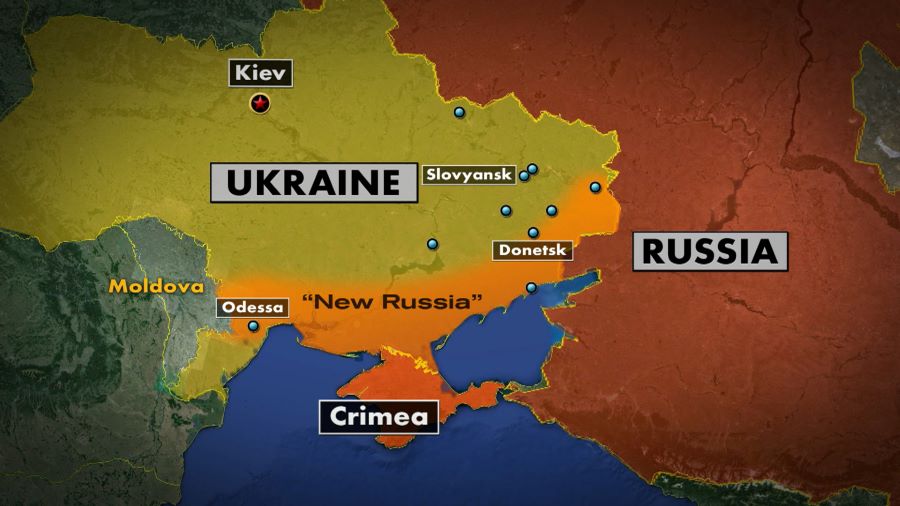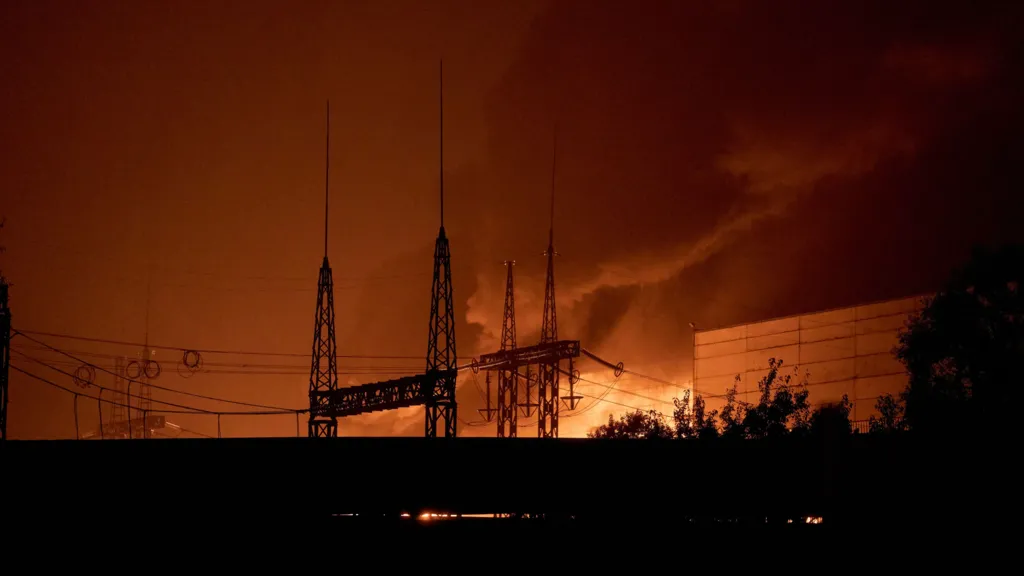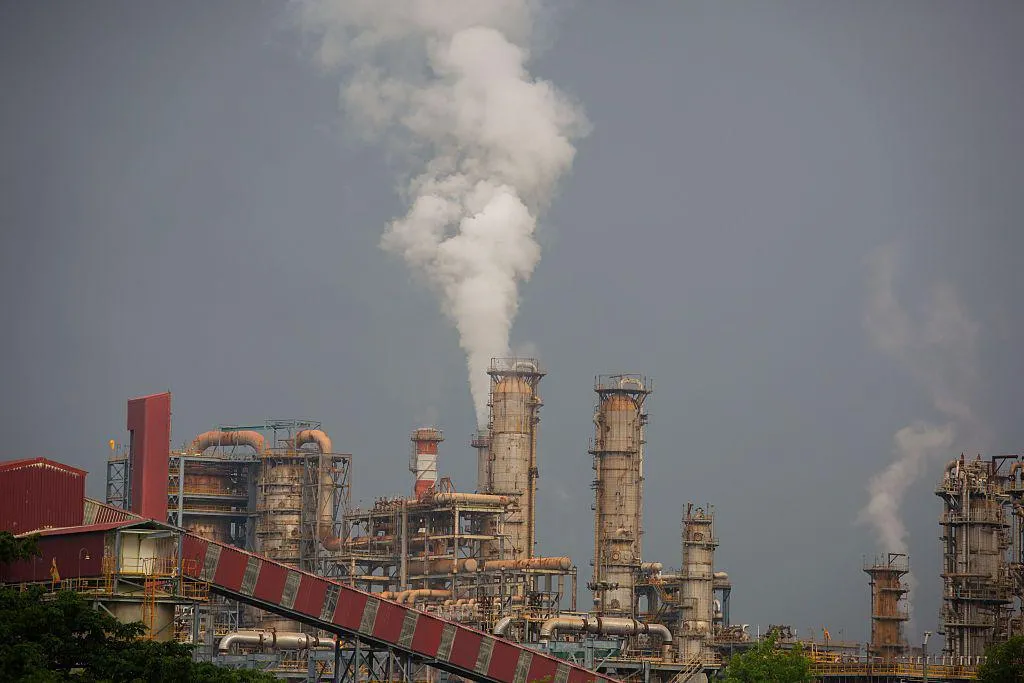In what Ukrainian officials describe as the most devastating assault on civilian infrastructure in months, Russia Kyiv power grid strikes unleashed over 500 attack drones and more than 30 ballistic missiles across Ukraine early Friday, October 10, 2025, killing at least 12 people including a seven-year-old child and injuring 75 others while plunging entire districts of the capital into darkness. The coordinated overnight bombardment targeted critical energy facilities across nine regions, leaving tens of thousands without electricity or water as temperatures drop toward winter, with Kyiv Mayor Vitali Klitschko confirming nine injuries in the capital alone where eastern districts faced complete blackouts. President Volodymyr Zelensky condemned the “cynical and calculated” Russia Kyiv power grid strikes as targeting “everything that sustains normal life,” urgently demanding Western allies provide air defense systems and enforce stricter sanctions as Moscow escalates its systematic destruction of Ukraine’s energy infrastructure ahead of the coldest months.
Scale of Friday’s Coordinated Assault
Ukraine’s air force documented the extraordinary scope of the Russia Kyiv power grid strikes launched in the early morning hours of October 10, 2025:
Attack composition:
- Drones deployed: Approximately 500 attack drones (primarily Shahed-136 Iranian-designed UAVs)
- Missiles launched: Over 30 ballistic and cruise missiles
- Hypersonic weapons: Kinzhal missiles confirmed, extremely difficult to intercept
- Targeted regions: Nine Ukrainian regions hit simultaneously
- Primary targets: Thermal power plants, electrical substations, gas storage facilities
- Duration: Multi-hour sustained assault from 2:00 AM through dawn
Russia carried out a “massive attack” on Ukraine’s energy infrastructure, Ukrainian Energy Minister Svitlana Hrynchuk confirmed, with repair crews immediately mobilizing to restore power to affected areas.
Casualties and Humanitarian Impact
The human toll of the Russia Kyiv power grid strikes extends across multiple regions:
Kyiv casualties:
- Injured in capital: 9 people wounded, 5 hospitalized
- Infrastructure damage: 10-story residential building struck, sparking fires
- Eastern districts: Complete power outages, water supply disruptions
- Emergency response: Firefighters battling blazes at multiple locations
Zaporizhzhia tragedy:
- Child fatality: 7-year-old killed in separate drone strike
- Additional injuries: 3 others wounded
- Context: Region faces nightly attacks, portions under Russian occupation
National impact:
- Total confirmed deaths: 12 across all regions (ongoing assessment)
- Total injuries: 75+ requiring medical treatment
- Displaced populations: Thousands evacuated from damaged buildings
- Emergency shelters: Activated across affected cities
Mayor Klitschko released images through Ukraine’s State Emergency Services showing firefighters combating intense blazes at residential complexes, illustrating the dual nature of attacks striking both infrastructure and civilian areas.
The timing and intensity of Russia Kyiv power grid strikes reflect deliberate strategic calculations as Ukraine approaches winter months:
Moscow’s energy war objectives:
- Civilian suffering: Force population displacement through unbearable conditions
- Economic collapse: Destroy industrial capacity requiring reliable electricity
- Political pressure: Undermine Ukrainian government credibility to provide basic services
- Negotiation leverage: Create desperation driving Ukraine toward unfavorable peace terms
- Western fatigue: Demonstrate continued ability to inflict damage despite years of war
Zelensky explicitly identified this pattern: “Russia is intentionally trying to demolish the country’s energy grid,” noting that attacks already disrupted gas facilities and energy workers are bracing for further assaults.
The current Russia Kyiv power grid strikes represent the latest chapter in Moscow’s sustained campaign against Ukrainian energy infrastructure:
Historical attack progression:
- Winter 2022-2023: First mass blackouts, nearly 2,000 missiles/drones fired at energy targets
- November 2022 peak: First nationwide blackout in Ukrainian history
- Summer 2024 escalation: Attacks intensified after spring offensive stalled
- October 2025 surge: Largest-scale assault wave in 12 months
According to Brookings Institution analysis, during the first two years of the war, Russia fired nearly 2,000 missiles and drones at Ukrainian energy infrastructure, with the systematic campaign intensifying as conventional military advances stalled.
Current damage assessment:
- 60-70% capacity reduction: Ukraine’s energy generation capacity down from pre-war levels
- Critical grid vulnerability: Remaining infrastructure concentrated, easily targeted
- Limited redundancy: Backup systems exhausted from repeated repairs
- Import dependency: Ukraine relying on electricity imports from EU neighbors
- Winter preparedness deficit: Insufficient capacity for peak cold-weather demand
Zelensky’s Urgent Western Appeal: “Decisive Action Required”
Presidential Demand for Air Defense Systems
In a forceful post on X (formerly Twitter), President Zelensky articulated Ukraine’s desperate need for enhanced defensive capabilities:
“What’s needed is not window dressing but decisive action – from the United States, Europe and the G7 – in delivering air defense systems and enforcing sanctions. 450 drones and more than 30 missiles targeted Ukraine’s energy infrastructure. Such attacks are cynical and calculated against everything that sustains normal life as temperatures become colder.”
Specific air defense requests:
- Patriot batteries: Advanced US-made missile defense systems
- IRIS-T systems: German medium-range air defense
- NASAMS: Norwegian/US surface-to-air missile systems
- Increased ammunition: Interceptor missiles for existing systems
- Counter-drone technology: Electronic warfare and anti-UAV systems
Current Air Defense Limitations
Despite previous Western commitments, Ukraine faces critical defensive gaps enabling continued Russia Kyiv power grid strikes:
Defense challenges:
- Insufficient coverage: Ukraine cannot simultaneously protect all critical infrastructure
- Interceptor shortages: Limited missiles force prioritization of targets
- Hypersonic vulnerability: Kinzhal missiles extremely difficult to intercept (near-impossible with some systems)
- Drone swarm tactics: Hundreds of cheap drones overwhelm expensive interceptors
- Geographic spread: Vast territory impossible to fully defend with available resources
The Ukrainian military successfully intercepted a significant portion of the October 10 attack—estimates suggest 60-70% of incoming weapons destroyed—but the 30-40% that penetrate defenses cause devastating damage to concentrated infrastructure targets.
Sanctions Enforcement Criticism
Zelensky’s appeal extended beyond military hardware to economic pressure:
Sanctions gaps Ukraine identifies:
- Iranian drone components: Continued flow of Shahed parts to Russia
- Chinese dual-use technology: Electronics enabling Russian missile production
- Turkey as backdoor: Western components reaching Russia through third countries
- Energy revenue: European countries still purchasing Russian LNG, oil
- Enforcement weakness: Sanctions violations inadequately prosecuted
“What’s needed is not window dressing but decisive action,” Zelensky emphasized, suggesting current Western responses remain insufficient to materially constrain Russia’s military capabilities.
Hypersonic Kinzhal Missiles: Ukraine’s Nightmare Weapon
Why Kinzhal Strikes Are Particularly Dangerous
The Russia Kyiv power grid strikes increasingly employ Kinzhal (Dagger) hypersonic missiles, representing Ukraine’s most challenging defensive scenario:
Kinzhal capabilities:
- Speed: Mach 10+ (over 7,600 mph / 12,250 km/h)
- Range: 1,200+ miles (2,000 km)
- Maneuverability: Unpredictable flight path during terminal phase
- Detection difficulty: Limited warning time due to extreme speed
- Interception challenge: Only most advanced systems (Patriot PAC-3) have any chance
- Payload: 1,100-pound warhead causing massive destruction
All of Ukraine is on alert for hypersonic Kinzhal missile strikes, which are more difficult to detect, according to military sources. The psychological impact compounds the physical threat—populations cannot receive adequate warning to seek shelter.
Limited Defense Options Against Hypersonics
Why Kinzhal succeeds:
- Speed advantage: Travels faster than most interceptor missiles
- Late detection: Radar warning measured in seconds, not minutes
- Evasive maneuvers: Can alter trajectory during descent
- Patriot limitations: Even advanced systems have sub-50% intercept probability
- Economic asymmetry: $1-2 million interceptor vs. potential critical infrastructure destruction
Recent Russia Kyiv power grid strikes increasingly feature Kinzhal weapons, suggesting Moscow recognizes their effectiveness penetrating Ukrainian defenses and prioritizes them for highest-value targets.
Energy Minister’s Assessment: “Massive Strike” Underway
Hrynchuk’s Emergency Response
Ukrainian Energy Minister Svitlana Hrynchuk provided sobering assessment of the Russia Kyiv power grid strikes impact:
“Russia is inflicting a massive strike. Repair crews are working to restore power across affected regions. We anticipate continued attacks and are implementing emergency protocols to maintain grid stability during winter months.”
Immediate response measures:
- Emergency crews deployed: Thousands of technicians mobilized
- Import activation: Maximizing electricity purchases from Romania, Poland, Slovakia
- Load shedding preparation: Rolling blackouts to prevent complete grid collapse
- Critical facility prioritization: Hospitals, military, communications maintained first
- Winterization acceleration: Insulation, backup generators, alternative heating
Long-Term Energy Security Challenges
Beyond immediate repairs, Ukraine faces strategic energy vulnerability:
Systemic problems:
- Irreplaceable infrastructure: Soviet-era thermal plants cannot be quickly rebuilt
- Decentralization limits: Grid architecture creates single points of failure
- Spare part shortages: Western equipment incompatible with Soviet systems
- Financial constraints: Reconstruction costs billions Ukraine cannot afford
- Repeated attacks: Infrastructure repaired during summer destroyed again by winter
Zelensky told reporters that energy workers and authorities were bracing for further attacks, acknowledging the Russia Kyiv power grid strikes represent ongoing campaign rather than isolated incident.
Regional Impact: Zaporizhzhia’s Ongoing Nightmare
Seven-Year-Old Child Among Latest Victims
Ivan Fedorov, Zaporizhzhia regional head, reported the city endured intense overnight attacks resulting in civilian casualties:
“A seven-year-old child died and three other people were injured in Russian drone strikes. The city has faced nightly air raids for weeks, with portions of our region under Russian occupation creating constant threat.”
Zaporizhzhia vulnerability factors:
- Proximity to frontline: Limited warning time for incoming strikes
- Occupied territory: Russians launching attacks from controlled areas nearby
- Nuclear plant: Zaporizhzhia Nuclear Power Plant (Europe’s largest) occupied by Russia, creating additional risks
- Dual targeting: Both military and civilian infrastructure attacked
- Evacuation fatigue: Residents exhausted from constant displacement
Pattern of Attacks on Occupied Region Borders
The Russia Kyiv power grid strikes extend systematically to regions bordering occupied territories:
Strategic pattern:
- Zaporizhzhia: Nightly drone attacks targeting residential areas and infrastructure
- Kherson: Across-river shelling from occupied east bank
- Donetsk: Frontline cities under constant bombardment
- Kharkiv: Border proximity enabling frequent missile strikes
Civilians in these regions face compound crises: military attacks, infrastructure collapse, displacement pressures, and psychological trauma from sustained threat environment.
International Response: Calls for Increased Support
G7 and European Reactions
Western allies issued statements condemning the Russia Kyiv power grid strikes while pledging continued support:
International responses:
- United States: State Department condemned “ruthless attacks on civilians and critical infrastructure”
- European Union: High Representative called for additional air defense system deliveries
- United Kingdom: Prime Minister pledged £200 million additional military aid package
- Germany: Chancellor emphasized importance of maintaining energy support through winter
- France: President highlighted urgency of protecting civilian populations
However, Zelensky’s frustrated tone—demanding “real steps” not “window dressing”—suggests Ukrainian leadership views verbal support as insufficient given attack escalation.
The Air Defense Gap
Despite billions in military aid, critical gaps persist:
Promised vs. delivered systems:
- Patriot batteries: 8 systems promised, 5 delivered, 3 more needed immediately
- NASAMS: Partial deployment, insufficient ammunition stockpiles
- IRIS-T: German systems effective but covering limited geographic areas
- Interceptor missiles: Chronic shortages requiring constant replenishment
- Counter-drone tech: Minimal deployment despite UAV threat dominance
The Russia Kyiv power grid strikes succeed partly because Ukraine cannot simultaneously defend Kyiv, Kharkiv, Odesa, Zaporizhzhia, critical infrastructure, and military targets with available air defense assets.
Economic and Humanitarian Consequences
Winter Survival Crisis Looming
As temperatures drop, the Russia Kyiv power grid strikes create compounding humanitarian emergencies:
Winter vulnerability factors:
- Heating dependence: Ukrainian winters regularly reach -10°C to -20°C (14°F to -4°F)
- Medical system strain: Hospitals struggling without reliable power
- Water system freeze risk: Pumping stations require electricity; frozen pipes catastrophic
- Food preservation: Refrigeration loss causing food insecurity
- Vulnerable populations: Elderly, disabled, children at extreme risk
International humanitarian organizations warn of potential mass displacement if energy infrastructure cannot sustain winter heating requirements.
Economic Paralysis
Beyond immediate survival, energy destruction devastates Ukraine’s wartime economy:
Economic impacts:
- Industrial shutdown: Manufacturing impossible without reliable electricity
- Agricultural disruption: Processing, storage, transportation systems failing
- Employment collapse: Businesses closing due to power unavailability
- Tax revenue loss: Economic inactivity reducing government funding
- Reconstruction costs: Estimated $50-100 billion for full energy system restoration
The Russia Kyiv power grid strikes achieve strategic economic warfare objectives even when not achieving territorial military gains.
Ukraine’s Retaliatory Capabilities
Striking Russian Energy Targets
Ukraine has demonstrated capacity to retaliate against Russian energy infrastructure:
Ukrainian counter-strikes:
- Belgorod attacks: October 6 strikes left 40,000 Russians without power, causing “significant damage“
- Crimean targets: October 7 attack on occupied Crimea’s largest oil terminal sparked massive fire
- Deep strike capability: Ukrainian drones reaching refineries 600+ miles inside Russia
- Strategic impact: Forcing Russia to divert air defense to protect domestic infrastructure
However, Ukraine’s retaliatory capacity remains vastly inferior to Russia’s offensive capabilities, creating asymmetric vulnerability.
Long-Range Weapons Debate
Zelensky continues pressing Western allies to authorize long-range strikes inside Russia using provided weapons:
Current restrictions:
- ATACMS missiles: US prohibits strikes beyond ~50 miles inside Russia
- Storm Shadow: UK limits targets to occupied Ukrainian territory
- Scalp missiles: French impose similar restrictions
- Strategic rationale: West fears Russian nuclear escalation if Moscow/St. Petersburg targeted
Ukraine argues that only striking Russian airbases, ammunition depots, and command centers can reduce attack frequency and intensity of Russia Kyiv power grid strikes.
Expert Analysis: Escalation Trajectory
Why Attacks Intensify Now
Military analysts identify several factors driving October 2025 surge:
Escalation drivers:
- Winter timeline: Russia maximizing damage before freeze compounds effects
- Ukrainian offensive stall: Redirecting from failed frontline advances to strategic bombing
- Stockpile utilization: Using accumulated missiles/drones before potential arms embargo
- Negotiation positioning: Inflicting maximum pain before potential peace talks
- Domestic politics: Demonstrating Russian strength to domestic audience
Outlook for Coming Months
Experts anticipate continued Russia Kyiv power grid strikes through winter:
Winter 2025-2026 projections:
- Attack frequency: 2-3 major strikes weekly expected
- Intensity increase: Larger drone/missile waves targeting multiple regions simultaneously
- Civilian casualties: Rising toll as population cannot perpetually shelter
- Humanitarian crisis: Potential displacement of millions if infrastructure collapses
- International intervention threshold: Question of what casualties/destruction trigger deeper Western involvement
The coming months represent critical test of Ukrainian resilience, Western support durability, and whether energy infrastructure can sustain population through harsh winter conditions.
Conclusion: Energy War Enters Critical Phase
The devastating Russia Kyiv power grid strikes of October 10, 2025—deploying over 500 drones and 30+ missiles, killing 12 including a young child, and plunging Ukraine’s capital into darkness—mark a dangerous escalation in Moscow’s systematic campaign to destroy Ukrainian civilian infrastructure.
As winter approaches with temperatures dropping and energy demand surging, the strategic calculus becomes brutally clear: Russia seeks to make Ukraine uninhabitable, forcing mass displacement and breaking civilian will to continue resistance. The attacks target “everything that sustains normal life,” as Zelensky stated, representing warfare against populations rather than militaries.
Ukraine’s urgent appeals for air defense systems and stricter sanctions enforcement highlight the gap between Western verbal support and material capabilities Ukraine requires to defend itself. With 60-70% of energy generation capacity already destroyed or damaged, remaining infrastructure presents concentrated targets vulnerable to relatively few successful strikes causing catastrophic cascading failures.
The human cost continues mounting—7-year-old children killed, families shivering in darkness, hospitals operating on emergency generators, elderly populations unable to access heating. Yet Ukraine’s resilience has consistently exceeded Russian expectations. Energy workers repair infrastructure overnight that Russia destroys by dawn, demonstrating extraordinary commitment.
The question entering winter 2025-2026: Can Ukrainian infrastructure, Western support, and civilian endurance outlast Russia’s missile stockpiles, drone production, and strategic patience? The answer will determine not just Ukraine’s immediate survival, but broader questions about international law, territorial sovereignty, and whether systematic destruction of civilian infrastructure achieves military objectives in 21st-century warfare.
External Resources:




















Comments